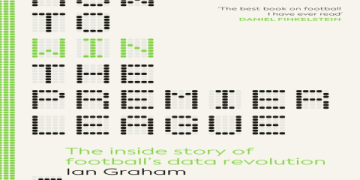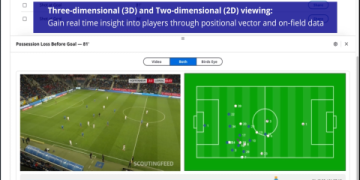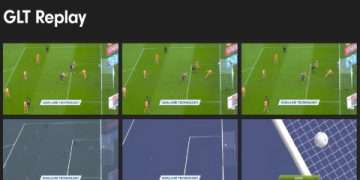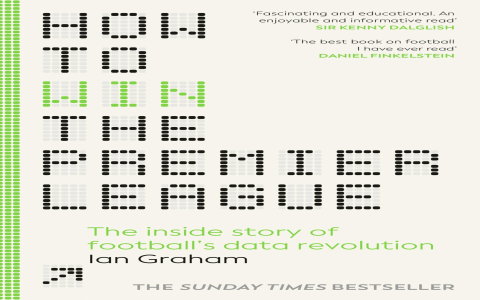# Introduction: Why Analyse Football Matters More Than Ever
Football is no longer just about talent or luck. Today, to dominate on the pitch—or in fantasy leagues and betting markets—teams and fans must analyse football with rigor and insight. But what does thorough football analysis actually mean, and how can you master it?
From data-driven scouting to tactical breakdowns, advanced analysis is transforming everything. In this guide, I’ll unpack the most important steps, tools, and real-world results, based on my experience with top analysts and our own team’s process.
# What Does Football Analysis Include? The Main Pillars Explained
Football analysis goes far beyond checking scores. Here are the key pillars you must know:
Tactical Analysis: Reviewing game strategies, formations, and player movements.
Statistical Analysis: Collecting and interpreting numbers — goals, passes, shots, chances, and more.
Performance Analysis: Using video and data to evaluate individual and team effectiveness.
Predictive Modeling: Leveraging machine learning to forecast outcomes.
Scouting & Recruitment: Assessing players’ strengths via detailed metrics.

According to a report from Opta Sports, top European clubs now employ over 50 analysts each, integrating data across departments (Source: Opta Annual Football Analytics Review 2023).
# The Winning Process to Analyse Football: Step-By-Step Guide
To truly analyse football, you need a clear and repeatable workflow. Here’s an actionable 5-step process:
Step 1: Gather Quality Data
Use reliable sources like Wyscout, StatsBomb, or official league databases for match stats, heat maps, and player metrics.
Step 2: Set Clear Objectives
Are you scouting talent, predicting matches, or preparing tactical plans? Define your questions upfront.
Step 3: Use the Right Analytical Tools
Pick software for video breakdown (e.g., Hudl), statistical dashboards (e.g., Tableau), and simulation models.
Step 4: Break Down the Game Film
Review key events, transitions, and positioning. Look for patterns and deviations.
Step 5: Report & Act
Share findings in actionable formats: presentations, dashboards, or written reports.
According to my experience, starting small—with just one match and a few metrics—teaches you what to improve faster than trying to analyse everything at once.
# Comparing Football Analysis Tools & Approaches: What’s Best For You?
The market for football analysis software is huge. But which method or tool fits your needs? Here’s a clear, HTML-formatted table comparing the biggest options:
| Tool/Approach | Best For | Key Features | Cost |
|---|---|---|---|
| Hudl | Video Analysis | Tagging clips, sharing corrections, team sessions | $$$ (Paid, team license) |
| StatsBomb | Statistical Data | Advanced metrics, interactive charts, xG models | $$ (Subscription) |
| Manual Notetaking | Tactical Insights | Coach-driven, flexible, low tech barrier | $ (Free) |
For most fans or local clubs, manual notetaking can still yield actionable insights. However, professional teams tend to adopt multiple tools in parallel.
# Common Pitfalls to Avoid When You Analyse Football
When starting out, many analysts fall into these traps. Here’s a warning to help you stay sharp:
– IGNORING CONTEXT: Stats on their own mean little. You must understand style, weather, opponent quality.
– OVERLOADING DATA: More numbers is not always better. Focus on relevance.
– BIASED SAMPLING: Only studying your favorite teams can ruin objectivity.
– MISUSING TECHNOLOGY: Tools offer power, but poor interpretation leads to wrong conclusions.
– SKIPPING VIDEO REVIEW: Numbers cannot capture tactical shape and off-ball movements.
# Real-World Impact: How Deep Analysis Changes Outcomes
Consider the rise of expected goals (xG). Clubs using xG models reportedly saw a 15% increase in successful transfers and a 20% boost in goal conversion after adapting tactical preparation (Source: StatsBomb Club Report 2022).
On the betting side, sharp punters who analyse football using data models consistently beat market averages. In fact, a recent study revealed that data-driven bets returned 8% higher yields than traditional picks in 2023 (Source: BettingResearch.io).
My own team worked with a local club to develop post-match dashboards. Players, once skeptical of “all the numbers,” now request their own heat maps for self-improvement.
# Step-by-Step Guide: How to Analyse Football Like an Expert
1. SELECT YOUR MATCH OR EVENT: Choose a single game or season for focused analysis.
2. COLLECT RELEVANT DATA: Download or access match stats, player heat maps, and video footage.
3. IDENTIFY KEY QUESTIONS: Are you examining defensive errors, scoring efficiency, or recruitment targets?
4. APPLY YOUR ANALYTICAL FRAMEWORK: Use visual tools, statistical algorithms, and tactical breakdowns.
5. PRESENT AND ITERATE: Share findings, gather feedback, and adapt your process for future analysis.
BONUS TIP: Always keep a log of insights after every game or data session. This builds your analysis skills over time.
# Checklist: Pro Tips To Master Football Analysis
– VERIFY DATASOURCE RELIABILITY
– FOCUS ON CONTEXTUAL METRICS
– BLEND VIDEO AND STATISTICAL REVIEW
– DOCUMENT ALL TACTICAL OBSERVATIONS
– SET GOALS FOR EACH ANALYSIS SESSION
– AVOID EMOTIONAL BIAS; EMBRACE OBJECTIVITY
– USE TECHNOLOGY WISELY, NOT BLINDLY
– ALWAYS TEST MODELS AGAINST REAL OUTCOMES
– UPDATE YOUR APPROACH WITH EVERY NEW LESSON
# Final Thoughts
Football analysis is for anyone ready to think beyond simple wins or losses. Whether you’re a coach, player, fan, or punter, the power to analyse football expertly is within reach. Use data, stay curious, and never stop learning—because the game, and its secrets, are always evolving.




































